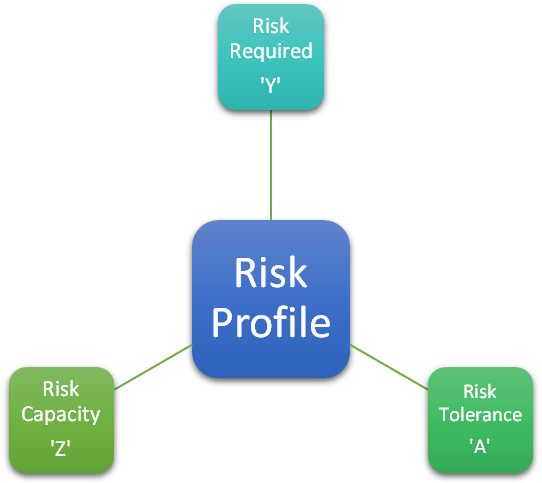All you wanted to know about Liquid Funds
Even though it is more than two years since the Reserve Bank of India deregulated interest rates on savings deposits, most banks still offer around 4%. Some banks offer higher interest rates on savings accounts but ask for a higher minimum deposit. Still, we park a significant proportion of our spare cash in these low-yielding savings accounts, earning much lower rates than the inflation rate.
Liquid funds can help earn much higher rates than what the savings deposits offer without compromising too much on how quickly we can get back our cash.
What is Liquid Fund?
Liquid fund is a category of mutual fund which invests primarily in money market instruments like certificate of deposits, treasury bills, commercial papers and term deposits instead of equity or stock markets like NSE or BSE. To ensure high degree of liquidity as well as to minimize volatility, liquid funds invest in securities that have a residual maturity of less than or equal to 91 days.
Benefits of Liquid Funds
Liquid funds have no lock-in period. These funds have the lowest interest rate risk among debt funds as they primarily invest in fixed income securities with short maturity.
Considering that liquid funds are ideally suited for investments that may be required to be redeemed at a short notice, most of the funds in this category do not have any exit load.
Withdrawals from liquid funds are processed within 24 hours, with a cut-off time generally 2 p.m. on business days. It means if you place a redemption request by 2 p.m. on a business day, then the funds will be credited to your bank account by the morning of next business day.
Returns from Liquid Funds
Liquid funds are among the best investment options for the short term during a high inflation environment. During high inflationary period, the Reserve Bank typically keeps interest rates high and tightens liquidity, helping liquid funds to earn good returns
The dividend received in the hands of the investor is tax free, as liquid funds are required to pay dividend distribution tax.
How to choose a Liquid Fund
The returns from liquid funds don’t vary much as they invest in similar underlying securities. However, when looking for a liquid fund, the past return should not be the only factor for consideration. Other factors like size of the fund, credit quality of underlying securities and track record of the fund house should also be kept in mind. Some of the available liquid funds are HDFC, Reliance.
Although liquid funds are a safe option for investors from the point of view of volatility and risk of losing capital, it is important to invest in them for the right time horizon so that one doesn’t suffer from opportunity loss. For example, an investment in a liquid fund with a longer term horizon of say one year or more may result in an investor compromising his chances of earning higher returns through options such as short term income funds and FMPs.
Attractive alternative to savings deposits
Liquid funds score over traditional investment options like savings bank account and short term fixed deposits as they have the potential to provide higher returns. However, one must choose the right option out of the ones offered by mutual funds like dividend payout, dividend re-investment and growth to enhance post tax returns. They offer attractive returns on funds parked over short durations.
Different Plans
Liquid funds come with different plans like growth plans, daily dividend plan, weekly dividend plans and monthly dividend plans. Growth plans don’t declare any dividend, and appreciation of fund is reflected in higher unit value
Investors can choose their plan as per their convenience and liquidity needs. Retail investors can also invest in direct plans as they have a lower expense ratio which helps in getting a higher return
Taxation
Individual investors who book gains before three years on their investment in liquid funds are taxed at the same rate as per their income slabs. Interest earned from savings accounts are also taxed at this same rate
Redemption beyond three years attracts a long-term capital gains tax of 11.33% (including cess and surcharge) or 22.66% with indexation benefit, whichever is lower. This helps in reducing tax outgo for those in higher income tax slabs. Earnings from savings accounts or banks fixed deposits are clubbed to one’s income and are taxed at respective slabs
Finally
Investors may have their own personal yardstick for the returns that they get from savings account or short term FDs. Despite having an edge over traditional investment options, the retail participation in liquid funds is still very low. That’s because they find putting money into savings account convenient. Besides, lack of awareness about liquid funds also makes investors vary of investing in these funds. Many investors tend to keep a sizeable balance in their savings bank accounts, and that too for prolonged periods. But, today, an investor can make investments online enhancing the convenience. It’s time for them to turn their attention to short term investments too and embrace options like liquid funds to enhance returns. Remember, liquid funds are the best and easy option to keep excess balance for a short duration, as they offer attractive returns.








